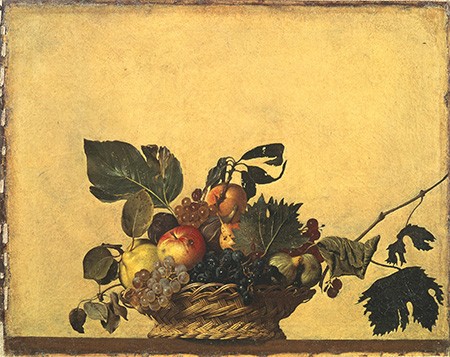The question of how to interpret the religious art of Michelangelo Merisi da Caravaggio (1571–1610) has divided the vast literature on the artist for decades. A large body of scholarship reads Caravaggio’s religious paintings as giving visual expression to aspects of Counter-Reformation Catholicism. In these accounts the perceived naturalism of Caravaggio’s style and the visual prominence in his works of studio models, who were invariably drawn from the lower classes, are linked to the sensory engagement emphasized in post-Tridentine devotional practices and concern with the plight of the poor among new religious orders. Many other scholars, however, take these same visual features as the basis for a diverging view of Caravaggio as a protomodern artist, whose painterly commitments are variously interpreted as a subversion of the authority of the institutional church, religious skepticism or atheism, or the visualization of libertine desires. Those scholars seeking a middle ground have usually found it by embracing an inherent ambiguity in Caravaggio’s religious painting, which is often construed as an aspect of the artist’s modernity. Such solutions are attractive but in general have not effectively situated the operations of Caravaggio’s paintings in their historical contexts.
It seems clear, then, that the interpretation of Caravaggio’s sacred art is largely inseparable from the question of the implications of his style. Caravaggio painted in a new way that art historians are still working to describe adequately—visually, technically, and historically—but that, as the seventeenth-century painter and art writer Joachim von Sandrart memorably put it, made “most other pictures appear to be composed of colored paper.” Both Caravaggio’s contemporaries and modern scholars have understood the artist’s method of painting directly from the model in a controlled studio environment, without the mediation of preparatory figure drawings or elaborate compositional studies, as the key to this startling effect. In early modern art writing and still today, Caravaggio’s style is most commonly—but too generically—described as naturalistic. This book project seeks to rethink the debate over Caravaggio’s religious art by developing a more precise account of his approach to the figure and the resulting visual characteristics of his painted surfaces.
I propose that Caravaggio approached figure painting from outside its traditions and methods, applying emerging illusionistic techniques for still life to representation of the human figure. The result was an uncanny new type of image that crossed the wires of much contemporary thinking about painted representation; early commentators on Caravaggio’s art articulated with striking clarity the gains and losses of approaching the human figure as still life and struggled to pinpoint what was natural and unnatural about it. Furthermore, while Caravaggio worked within the medium of painting, through his visual insistence upon the presence of the studio model and his evolution of a technique that artificially manipulated light in order to structure form, he created some of the conditions of viewing that would later be produced by photography. The early modern reception of Caravaggio’s art amply attests to the ways his paintings gave the question of the image’s relation to the real-world referent—the bodies of his models—a critical urgency that would not recur until the invention of photography. This urgency, I contend, stemmed from a sense that the different type of viewing enabled by this new form of image held significant risks in relation to the traditional functions of the religious image, functions that were under renewed scrutiny and institutional surveillance in the post-Tridentine era.
Moving away from attempts to reinscribe Caravaggio’s sacred art as either wholly orthodox or somewhat crudely subversive, my study explores the historical ramifications of this visual innovation, reconsidering Caravaggio’s religious paintings as evidence for the artist’s own searching exploration of the possibilities that this method of production and mode of viewership created for the early modern sacred image. I believe, moreover, that this work may be undertaken most fruitfully by thinking in unaccustomed ways across the historiographies of early modern painting and photography, not least because these histories are in fact related. The late nineteenth- and early twentieth-century debates about whether or not photography could be considered art were directly informed by academic conceptions of art that were first formalized and mobilized in the seventeenth century in response to the threat that Caravaggio’s painting was perceived to represent. From this wider vantage point, it is possible to recognize Caravaggio’s painterly experiments as a first tear in the screen of traditional representation, a wound sanitized and sutured by academic criticism, but definitively reopened by the advent of photography.
